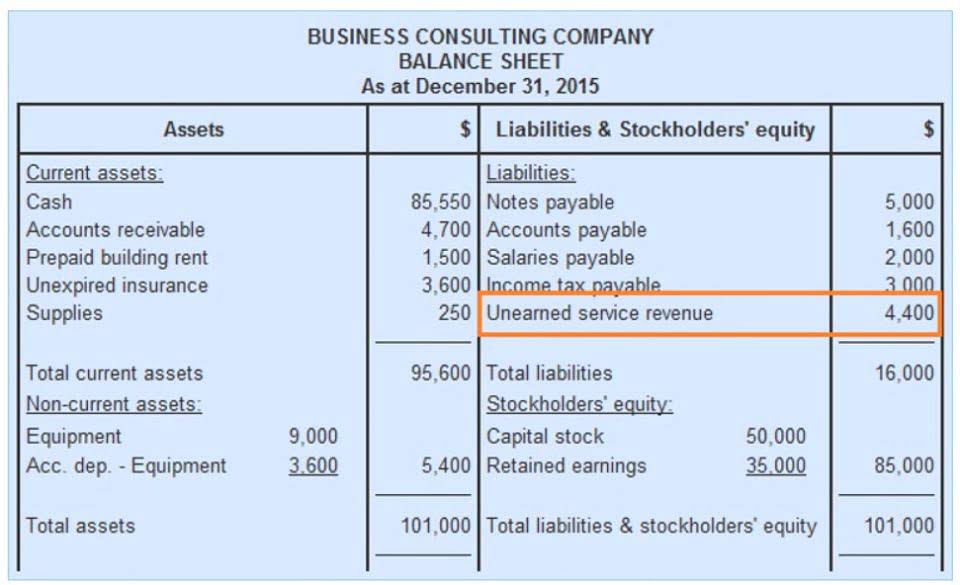
By recording revenue and expenses as they occur, regardless of cash flow, you gain a more accurate picture of your business’s financial health. Accrued revenue and deferred income both help a business follow accrual accounting principles. A business can implement the matching entries principle to accurately represents its balance sheet and income statement. The practical application of accrual and deferral principles reaches far beyond theoretical definitions, deeply influencing how financial health is perceived in an enterprise. Shifting focus to deferral, this concept centers on a different timing for recognizing revenue and expenses.
Similarities between Accruals and Deferrals

Deferred revenue can also be referred to as unearned revenue or prepaid revenue. It is important to note that deferred revenue is not the same as prepaid expenses. Prepaid difference between accrual and deferral expenses are expenses that have been paid in advance but have not yet been incurred. Deferred revenue is different from accounts receivable, which is an asset account that represents money that is owed to the company for services or products that have already been provided. Alaan’s advanced controls allow businesses to set spending limits and vendor restrictions, making it easier to manage and oversee payments for goods and services. This ensures that payments are recorded at the correct time, and any deferred amounts are accurately reflected in the financial statements.

Conclusion: The Role of Accruals and Deferrals in Financial Reporting

This asset is recorded on the balance sheet and is recognized as revenue when the payment is received. Small businesses often contra asset account use accounts receivable to manage cash flow and to provide credit to their customers. Deferred revenue and accounts receivable have different impacts on a company’s financial statements.

What are Accrued Expenses?
The amount of the asset is typically adjusted monthly by the amount of the expense. Accrual and deferral methods keep revenues and expenses in sync — that’s what makes them important. In accounting, deferrals and accrual are essential in properly matching revenue and expenses.
- On the other hand, deferral refers to revenues or expenses that are recognized only when the actual payment is made or received, even if the revenue was earned or expense incurred at an earlier time.
- Likewise, you’ll often categorize employee salaries and wages as current liabilities and document them as accrued expenses on your balance sheet.
- Deferred revenue can also be referred to as unearned revenue or prepaid revenue.
- Deferral is an accounting method used to postpone the recognition of certain revenues and expenses to future periods.
- In December, the subscription totals will be accounted for as a deferred expense for Anderson Autos, because the products will not be delivered in the same accounting period they were paid for in.
Recording Transactions In Accounting, Simply Explained With Examples
- Revenue is recognized in the income statement before it is received in an accrual system.
- The Capabilities score measures supplier product, go-to-market and business execution in the short-term.
- Accruals and deferrals give you a clearer perspective on your company’s financial performance, but managing them manually can be slow and error-prone.
- The point where an adjusting entry becomes necessary is when Revenue is earned, but the customer has not been billed yet.
- It is the sum of the amounts paid as customer deposits, retainers and other advance payments.
Choosing between accrual and deferral depends on various factors such as industry norms, tax regulations, financing requirements, accuracy goals, etc. It’s crucial to consult with an accountant or finance professional who can assess your specific circumstances before deciding which approach suits your business best. Net income (or loss) is recorded in the retained earnings account when ____ and ___ accounts are closed and transferred into retained earnings. Accounting is a complex topic that has to consider various time periods and concepts to double declining balance depreciation method keep track of financial transactions both in cash and in credit. Now you know simple definitions of deferrals and accruals, examples of each, and how to record them in your financial journal. We hope that this article is helpful to you as you sort out your small business’s finances.
